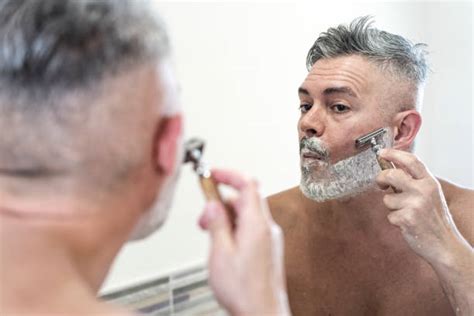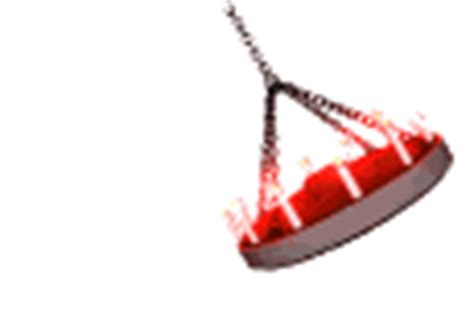How to prevent razor burn and ingrowns for a high-performance, irritation-free shave?
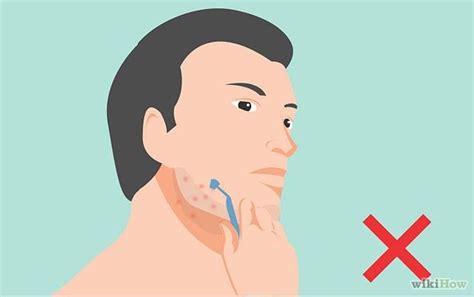
Achieving the Ultimate Irritation-Free Shave
Shaving is often a daily ritual, but for many, it comes with the unwelcome companions of razor burn, redness, and painful ingrown hairs. These common irritations can transform a routine into a chore, undermining both comfort and confidence. However, with the right knowledge and a refined technique, you can elevate your shaving experience to achieve a high-performance, irritation-free result consistently. It’s not just about the razor; it’s about a holistic approach that nurtures your skin before, during, and after the blade touches your face.
This guide will walk you through the essential steps, from preparing your skin to perfecting your stroke and caring for your face afterward, ensuring every shave leaves you with smooth, healthy skin.
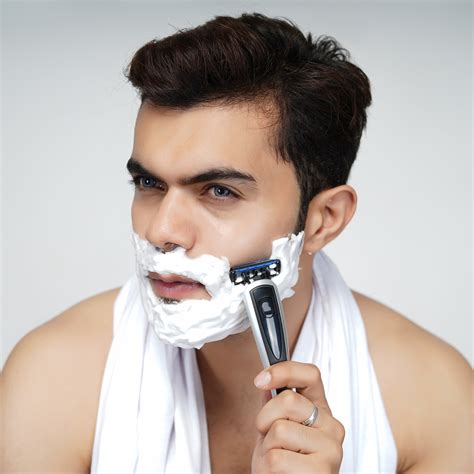
Step 1: Meticulous Pre-Shave Preparation
Preparation is the bedrock of a comfortable shave. Rushing this crucial phase is a primary cause of irritation. Think of it as preparing a canvas before painting; the better the canvas, the better the final masterpiece.
Warm Water and Cleansing
- Hydrate and Soften: Start with a warm shower or by applying a hot, damp towel to your face for a few minutes. Warmth opens pores and softens your hair follicles, making them easier to cut and reducing tugging.
- Cleanse: Use a gentle facial cleanser to remove dirt, oil, and dead skin cells. A clean surface allows your razor to glide smoothly and prevents bacteria from entering freshly shaved pores.
Exfoliation (2-3 times a week)
Regular exfoliation removes dead skin cells that can trap hairs, leading to ingrowns. Use a mild facial scrub or a chemical exfoliant suitable for your skin type. Don’t over-exfoliate, as this can cause irritation.
Pre-Shave Oil
Applying a few drops of pre-shave oil creates a protective barrier between your skin and the blade, enhancing glide and further softening the hair. It’s an extra layer of defense against nicks and razor burn.
Step 2: The Art of the Shave Itself
With your skin primed, it’s time to focus on the actual shaving technique. This is where precision and the right tools make all the difference.
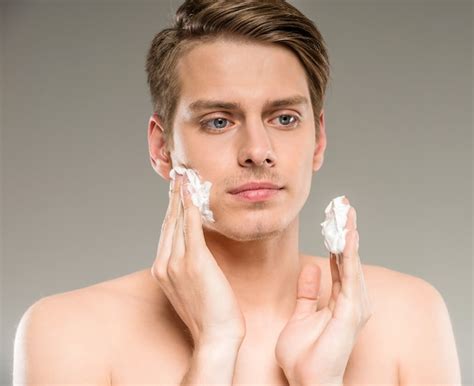
Choose Your Weapon Wisely: The Blade
- Sharpness is Key: A dull blade is your enemy. It tugs, pulls, and causes irritation. Change your razor blade every 5-7 shaves (or sooner if you have thick hair or shave frequently).
- Quality Razor: Whether it’s a multi-blade cartridge, a safety razor, or a straight razor, ensure it’s clean and in good condition. Multi-blade razors can sometimes cause more ingrowns if not used correctly, as they lift and cut the hair below the skin’s surface.
Lather Up: Shaving Cream/Gel/Soap
A rich, creamy lather is crucial for lubrication and protecting the skin. Apply generously and work it into your beard for at least a minute. This further softens the hair and ensures the razor glides effortlessly.
Shaving Technique: Gentle and With the Grain
- Direction: Always shave with the grain (in the direction your hair grows) for the first pass. This is the most effective way to prevent irritation and ingrown hairs.
- Light Pressure: Let the razor do the work. Apply minimal pressure. Pressing too hard is a surefire way to cause razor burn and cuts.
- Short Strokes: Use short, controlled strokes. Rinse your razor frequently to prevent clogged blades, which reduces effectiveness.
- Multiple Passes (Optional): If you desire a closer shave, re-lather and make a second pass across the grain (perpendicular to hair growth), or even a third pass against the grain, but only if your skin can tolerate it without irritation. For most, with-the-grain is sufficient for daily shaving.
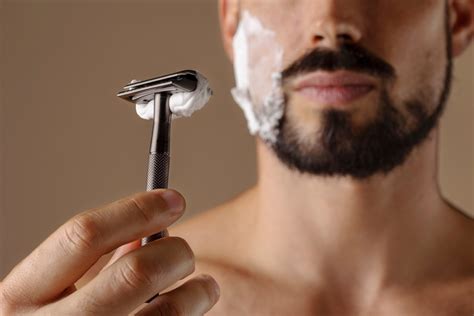
Step 3: Post-Shave Care for Soothed Skin
The job isn’t done once the blade is put away. Post-shave care is vital for calming the skin, closing pores, and preventing subsequent irritation.
Rinse with Cold Water
After your final pass, rinse your face thoroughly with cold water. This helps to close pores and soothe the skin, reducing redness and preventing bacteria from entering.
Apply Aftershave (Alcohol-Free)
An alcohol-free aftershave balm or lotion is essential. Alcohol-based products can dry out and irritate the skin. Look for ingredients like aloe vera, witch hazel, chamomile, or essential oils that hydrate, soothe, and protect.
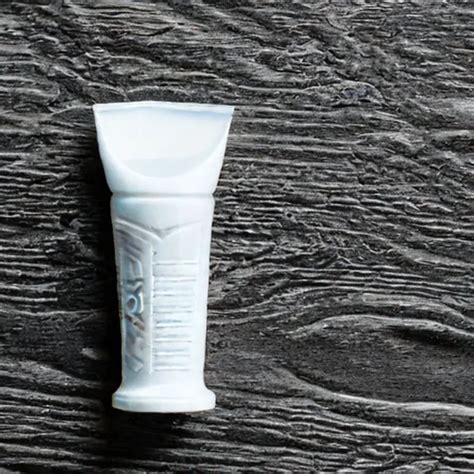
Moisturize
Even after applying aftershave, a good facial moisturizer can provide an extra layer of hydration and protection, keeping your skin supple and preventing dryness that can lead to irritation. Choose a non-comedogenic moisturizer to avoid clogging pores.
Advanced Tips & Troubleshooting
- Blade Hygiene: Always rinse your razor thoroughly after use and allow it to air dry. Store it in a way that protects the blades from corrosion and bacterial growth.
- Shaving Frequency: If you’re particularly prone to ingrowns, consider shaving every other day instead of daily, giving your skin more time to recover.
- Targeting Ingrowns: For persistent ingrown hairs, look for products containing salicylic acid or glycolic acid to gently exfoliate and free trapped hairs. Apply these as a spot treatment, not as a general aftershave.
- Sensitive Skin Products: If you have sensitive skin, opt for fragrance-free, hypoallergenic shaving creams and aftershaves.

Conclusion: Consistency for Lasting Comfort
Preventing razor burn and ingrown hairs is less about a single magical product and more about a consistent, mindful routine. By dedicating time to proper pre-shave preparation, mastering a gentle shaving technique with a sharp blade, and providing diligent post-shave care, you can transform your shaving experience. Embrace these steps, and you’ll not only achieve a high-performance, irritation-free shave but also enjoy healthier, smoother skin every single day.






